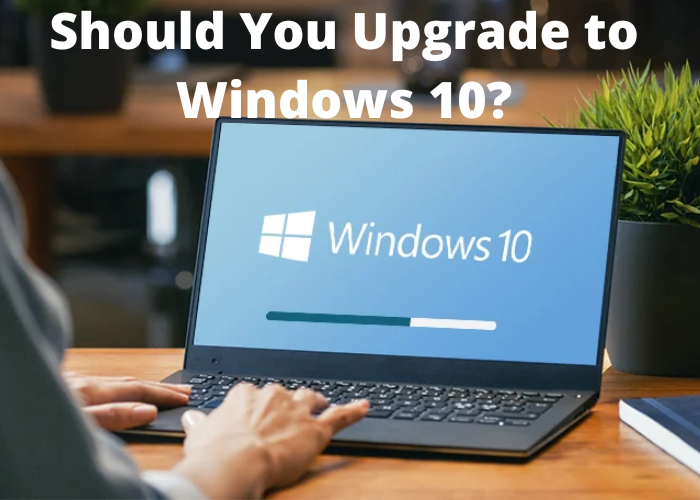Windows has been around for a long time and it’s undergone many changes. The Windows 10 upgrade is no exception. So, the big question is: should you upgrade to Windows 10? Here are some factors to consider.
What Are the New Features in Windows 10 That May Appeal to You?
Windows 10 is the latest operating system from Microsoft, and it includes a number of new features that may appeal to users. One of the most noticeable changes is the new Start menu, which combines the traditional Windows menu with the Windows 8 tile-based interface. The result is a more efficient and user-friendly interface that still provides access to all of the Windows features you’re accustomed to. Windows 10 also introduces a new web browser, Edge, which offers improved performance and better integration with Windows applications. In addition, Windows 10 includes a number of security enhancements, making it a more secure platform for computing. With its combination of new and improved features, Windows 10 provides a compelling reason to upgrade from previous versions of Windows.
How Do You Determine if Your Computer Is Compatible With Windows 10?
Windows 10 is the latest operating system from Microsoft, and it offers a number of significant improvements over previous versions of Windows. One of the most important things to consider when upgrading to Windows 10 is whether or not your computer is compatible with the new operating system. There are a few different ways to check if your computer is compatible with Windows 10. The first thing you can do is check the minimum system requirements for Windows 10. If your computer meets or exceeds all of the listed requirements, then it should be able to run Windows 10 without any problems. Another option is to download and run the Windows 10 compatibility report tool. This tool will scan your computer and provide a detailed report on any potential compatibility issues. Finally, you can always contact Microsoft directly for help determining if your computer is compatible with Windows 10. No matter which method you use, taking the time to check compatibility before upgrading to Windows 10 is essential.
What Will Happen if You Decide Not To Upgrade to Windows 10 and Then Change Your Mind Later On?
Windows 10 is the latest operating system from Microsoft, and it comes with a number of significant improvements over previous versions of Windows. Among other things, Windows 10 includes a new start menu, a revamped taskbar, and support for virtual desktops. In addition, Windows 10 is designed to be more compatible with a variety of different devices, including tablets and smartphones. For these reasons, Windows 10 is considered to be a major upgrade from Windows 8.1 and earlier versions of Windows.
If you decide not to upgrade to Windows 10 when it is first released, you will still be able to do so at a later date. However, there are a few things to keep in mind if you choose to wait. First, Microsoft will only provide free upgrades to Windows 10 for a limited time after its release. After that, you will need to purchase a new license in order to upgrade. In addition, your computer will need to meet certain hardware and software requirements in order to run Windows 10. As such, it is important to make sure that your computer is capable of running Windows 10 before you make the decision not to upgrade. Finally, keep in mind that Microsoft may discontinue support for older versions of Windows at some point in the future.
How Do You Upgrade to Windows 10, and What Should You Do Before Upgrading in Order To Ensure a Smooth Transition Process?
Windows 10 is the latest operating system from Microsoft, and while it isn’t mandatory to upgrade, many users find that it offers a number of benefits. If you’re interested in upgrading to Windows 10, the process is relatively straightforward. First, you’ll need to check that your computer meets the minimum system requirements. Once you’ve done that, you can download the Windows 10 installation file from Microsoft’s website. The file is around 3GB in size, so it may take a while to download depending on your internet connection. Once the file has downloaded, you’ll need to run it and follow the on-screen instructions. The whole process should take around an hour, although it may take longer if you have a lot of files and programs to transfer over.
Before you upgrade to Windows 10, there are a few things you should do first in order to ensure a smooth transition. First, backup all of your important files and data just in case something goes wrong during the upgrade process. Second, uninstall any programs that you don’t use or need anymore – this will help to free up space on your hard drive. Finally, make sure that all of your drivers are up to date – Windows 10 may not be compatible with older drivers, so it

